Back to Courses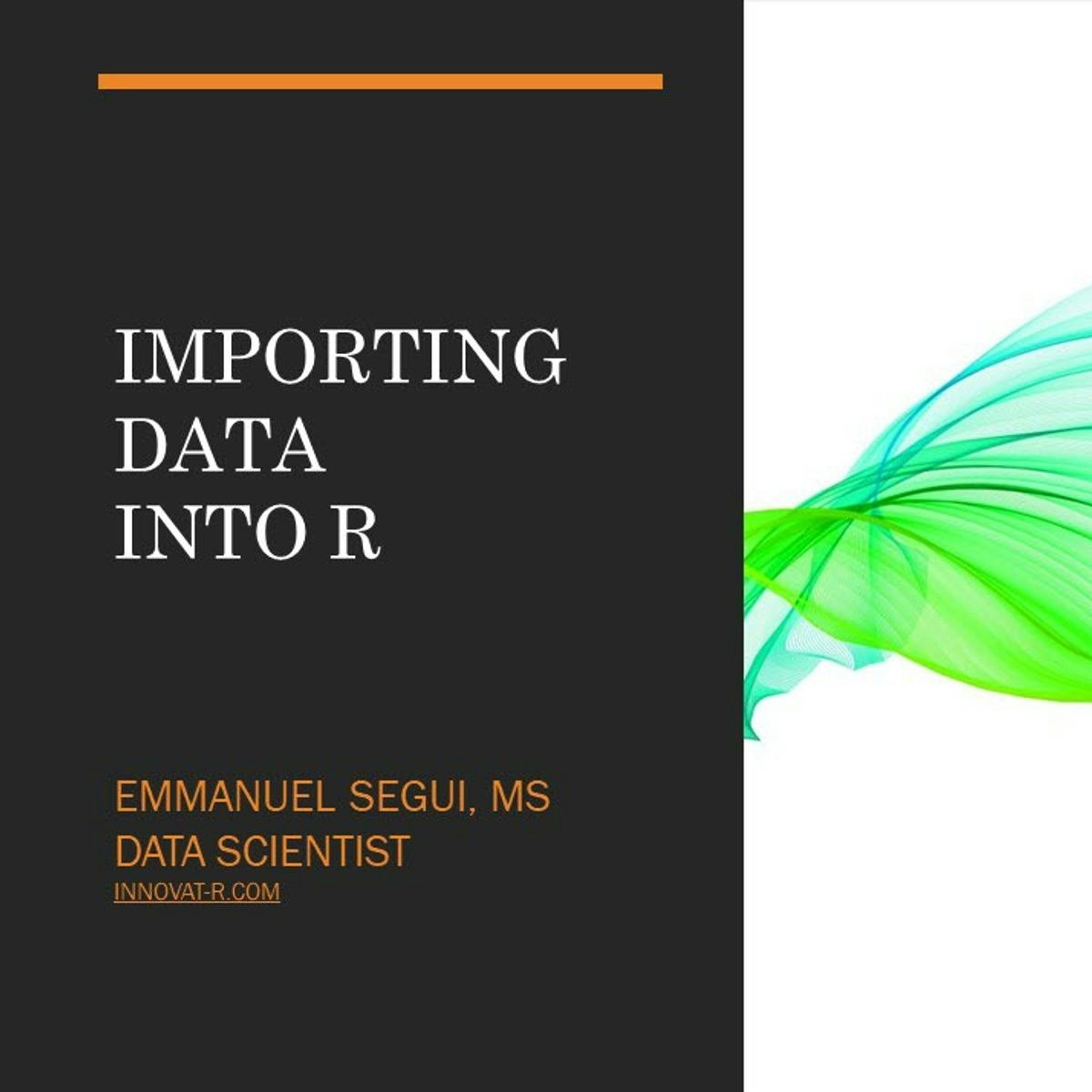
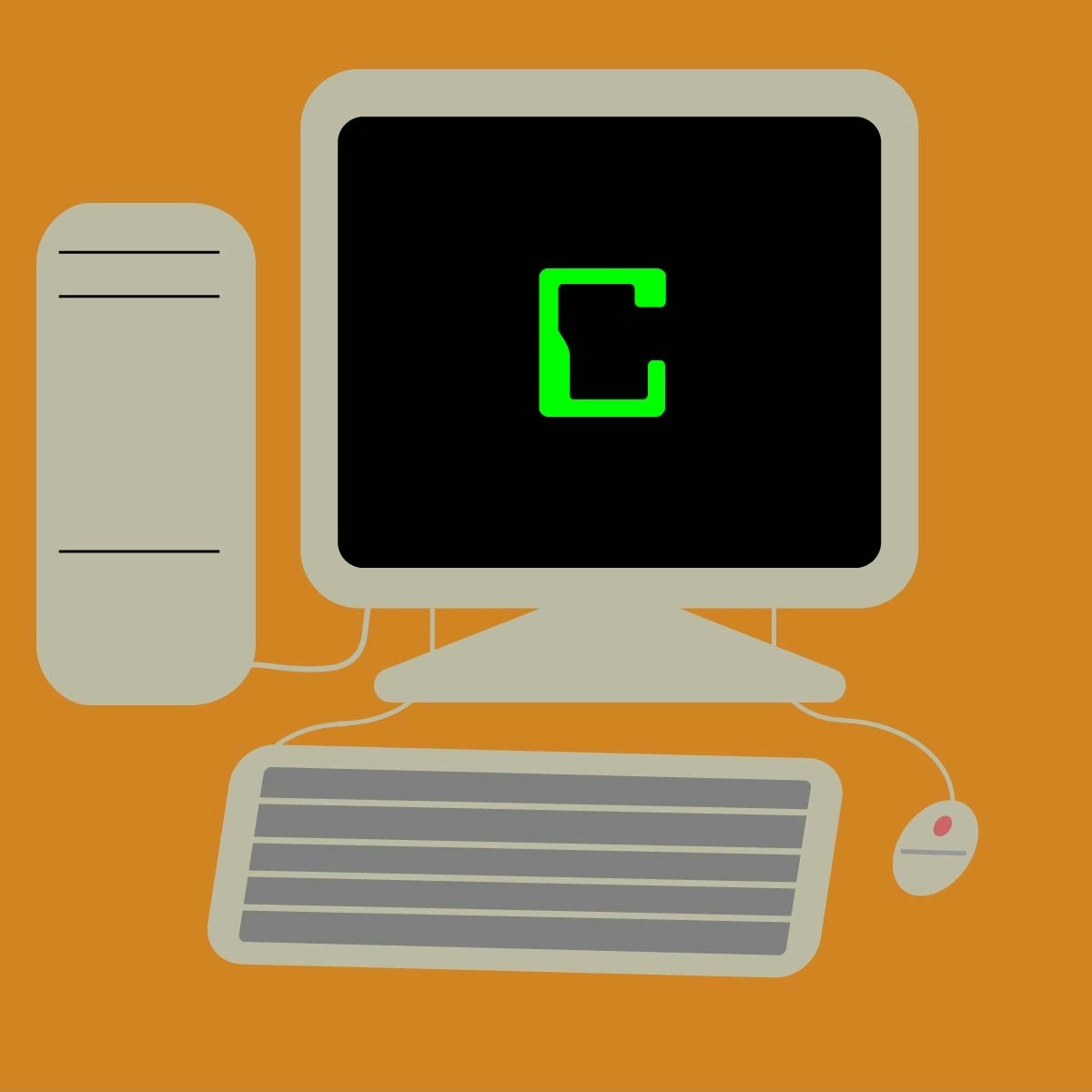
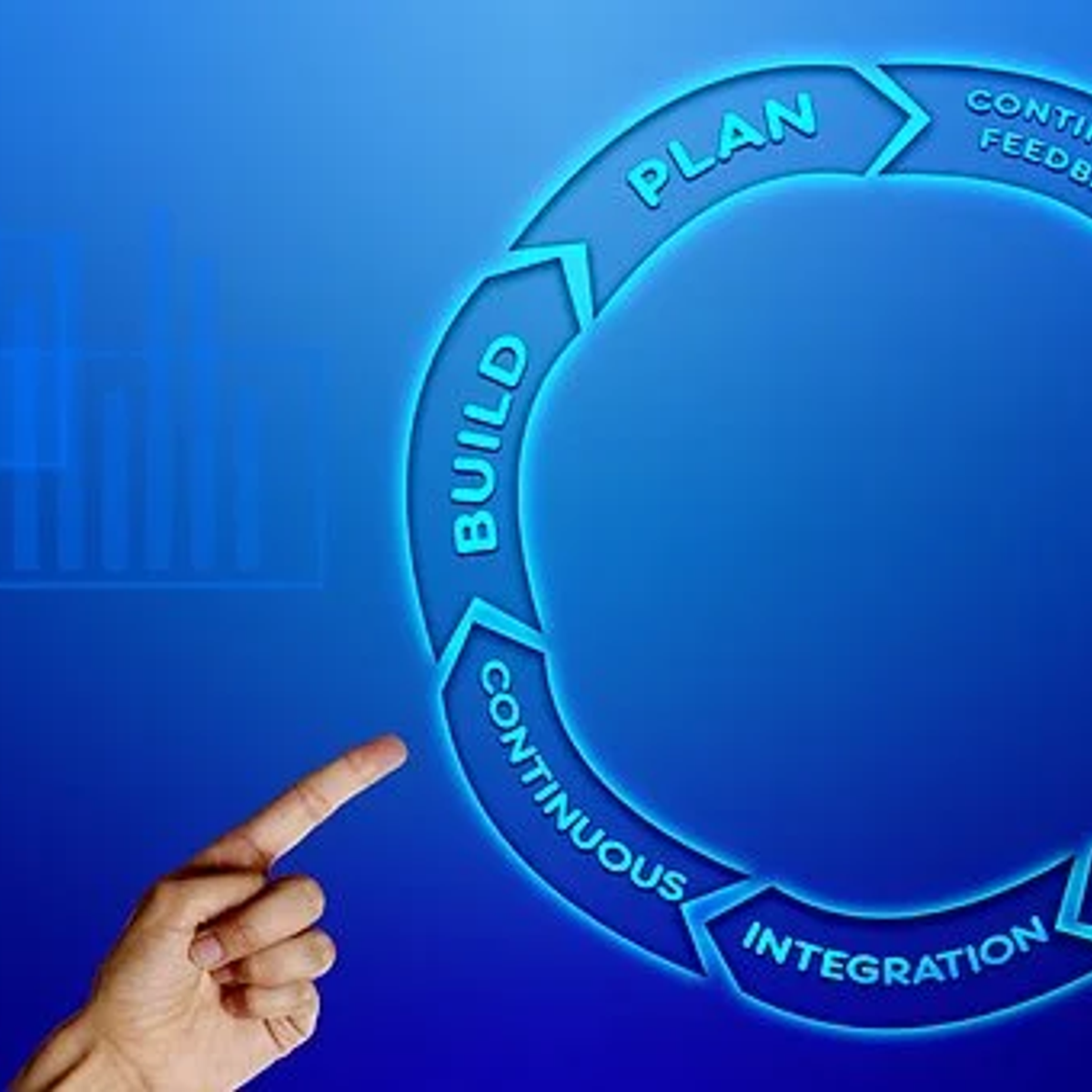
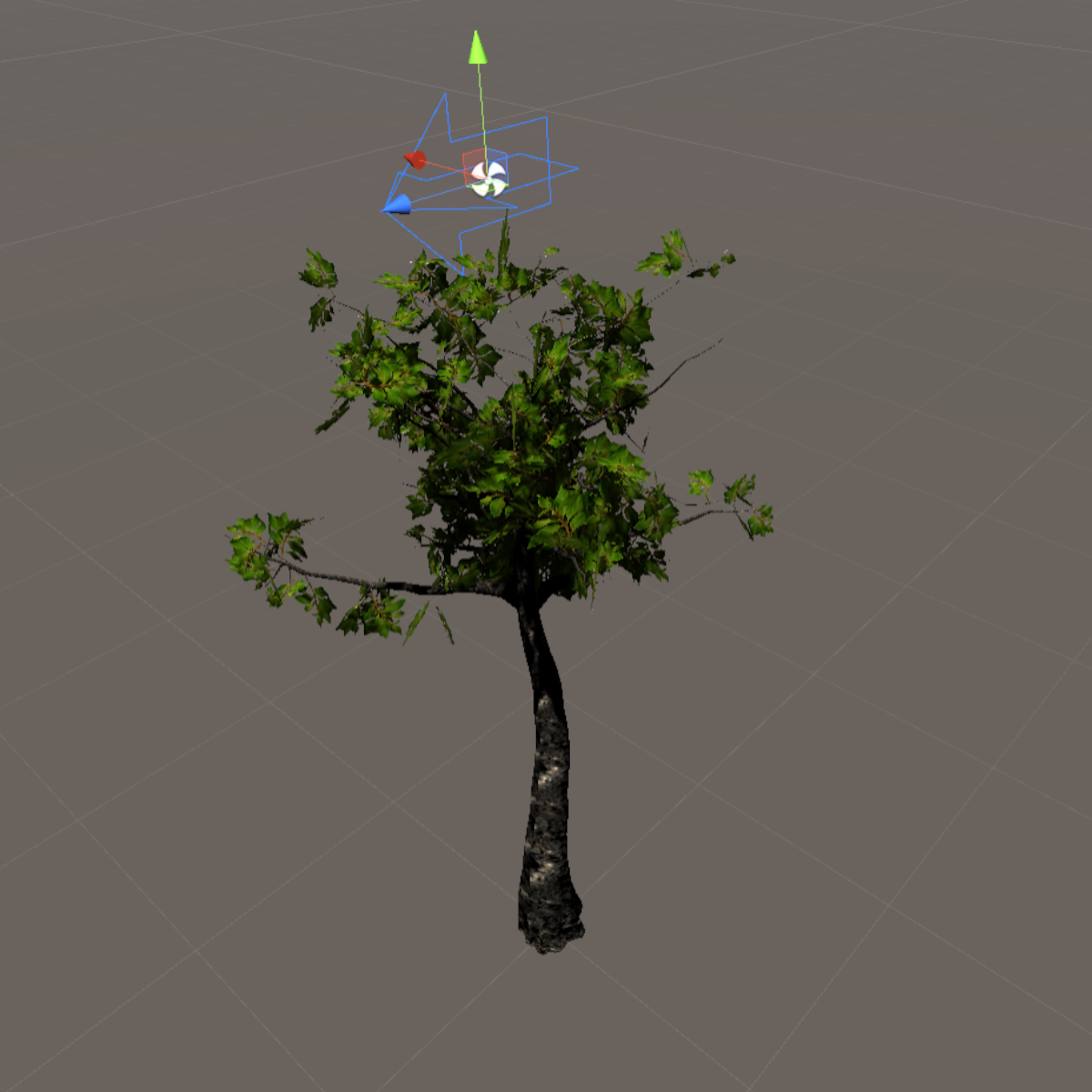
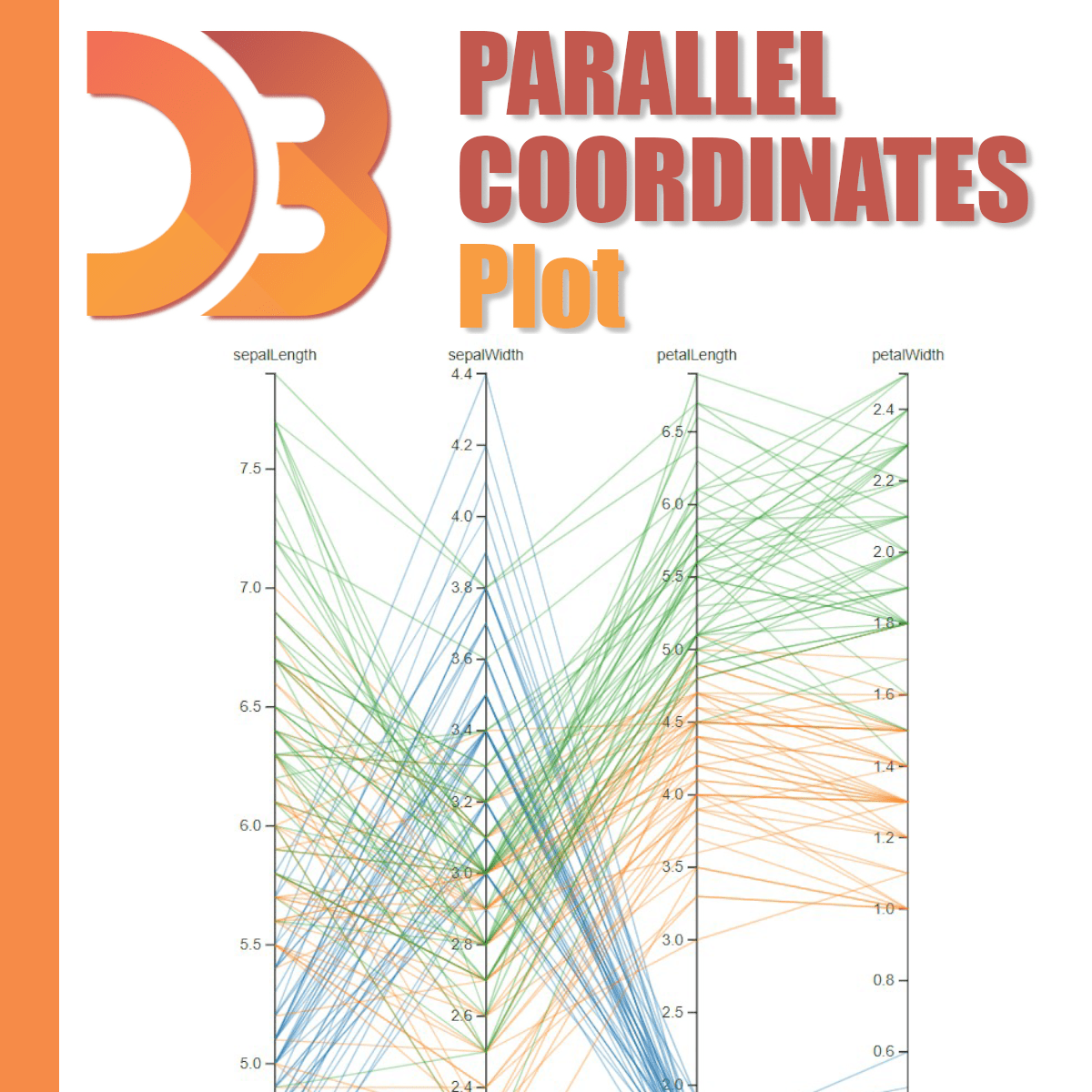
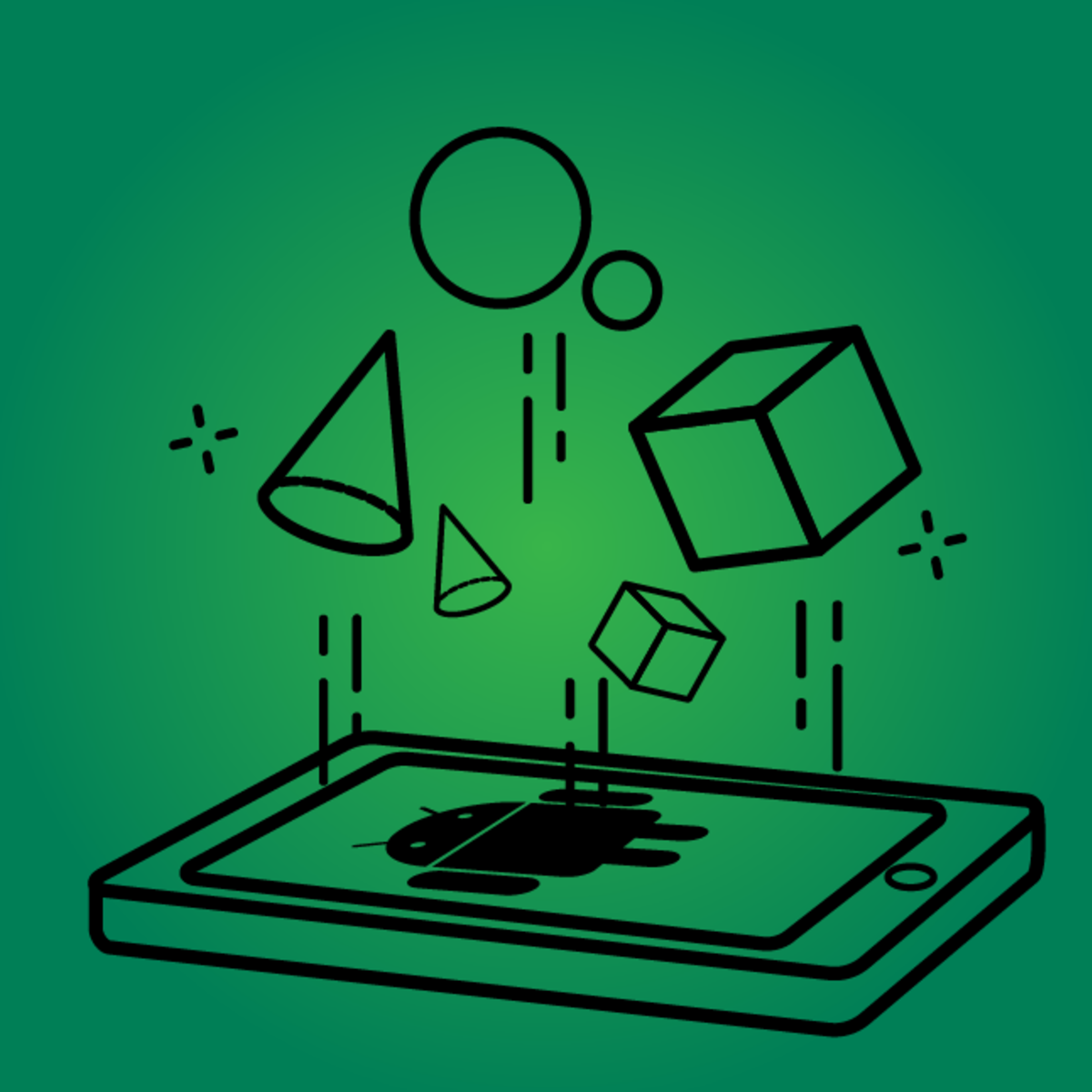

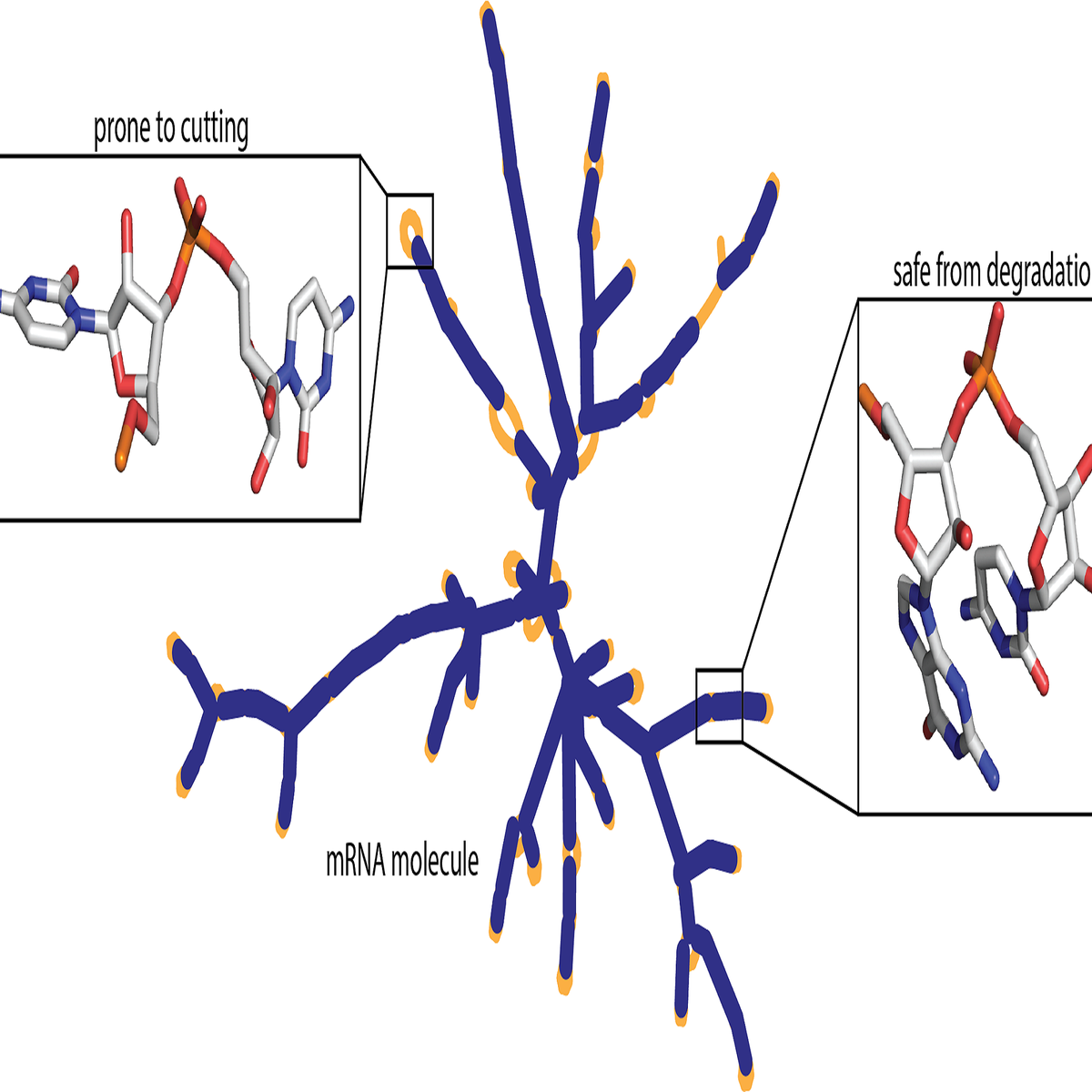
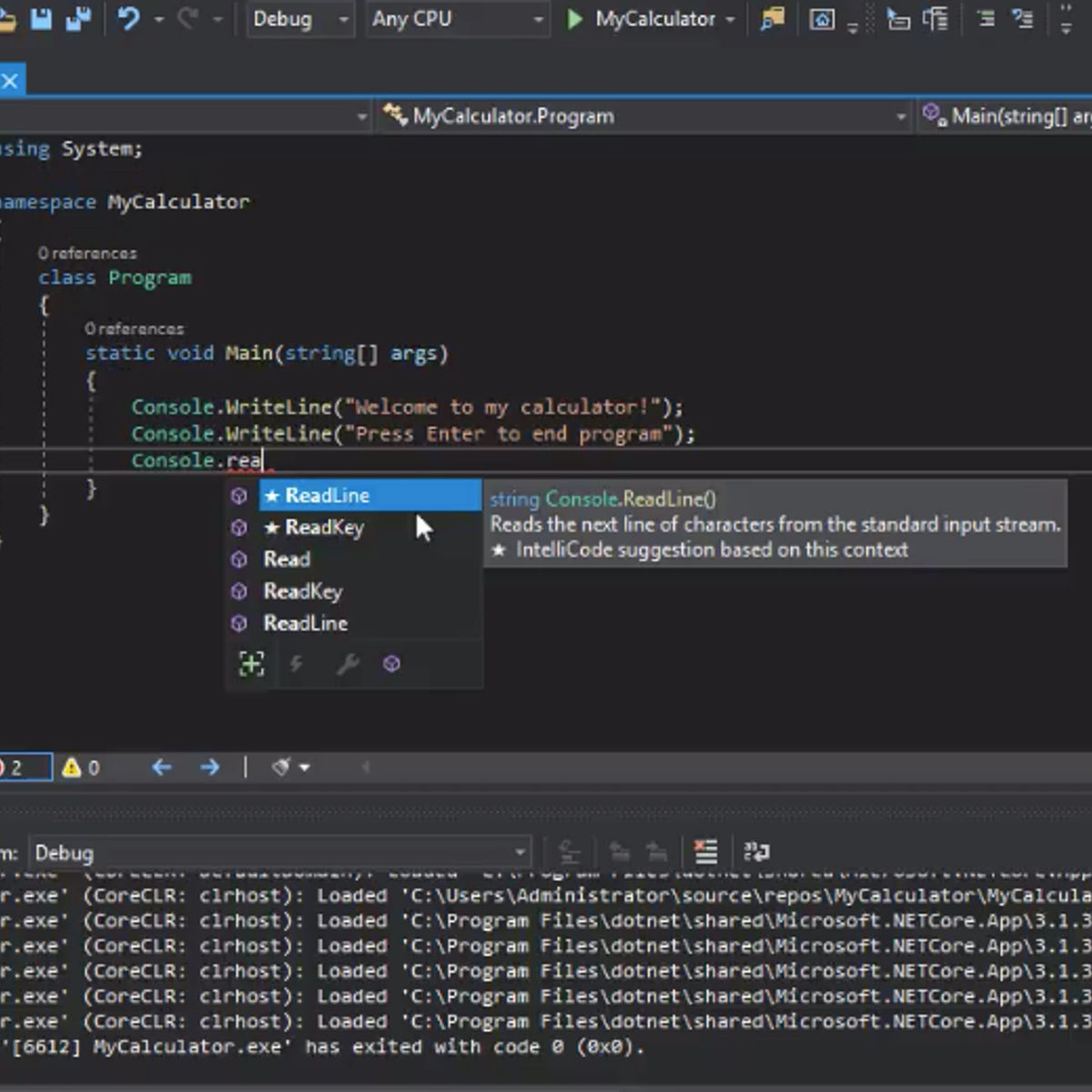
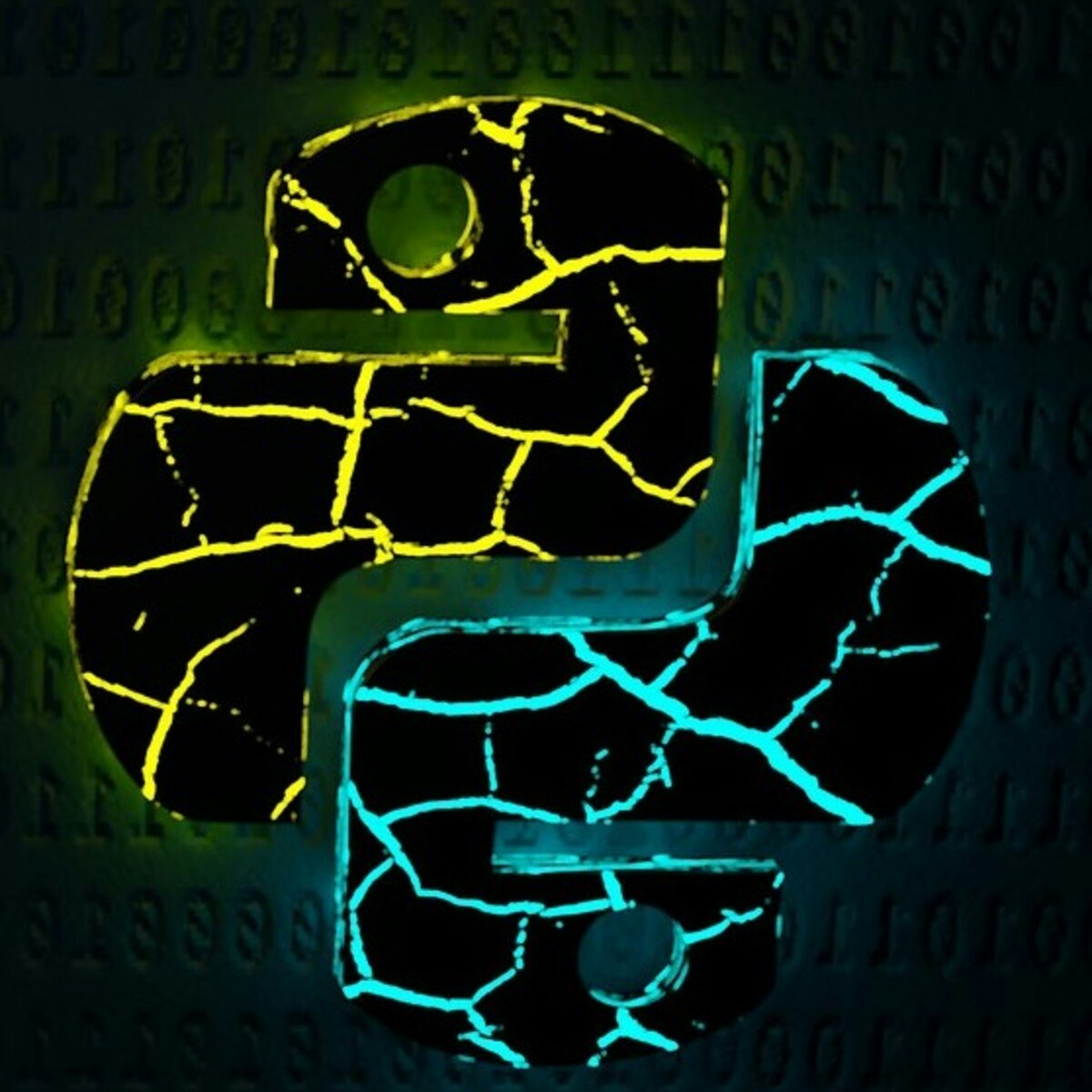
Software Development Courses - Page 58
Showing results 571-580 of 1266

Importing Data into R
In this 1-hour long project-based course, you will learn how to read all sorts of data and import them into R, including CSV files, Excel files, data from other statistical software, the web and from relational databases.
Note: This course works best for learners who are based in the North America region. We’re currently working on providing the same experience in other regions.

C for Everyone: Programming Fundamentals
This course is for everyone. In the new world we live in, coding is a universally valuable skill, whether you're a scientist, artist, or a humanist. Algorithms are everywhere, and we all have to understand how they work. The C language is particularly well suited as an introduction to coding: It's a tried-and-true language, and it allows you to understand computing processes at a deep level.
No prior knowledge of coding is needed for this course. We'll start at the beginning.
The time estimated time commitment for this course is five hours a week for five weeks.

Jenkins : Automating your delivery pipeline
Welcome to "Jenkins: Automating your delivery pipeline".
In this guided project you will learn how to create a delivery pipeline for a Spring Pet Clinic application and will also learn the concept pipeline as a code. The task-based approach that we follow in our guided project will get you a better understanding of Jenkins that comes very handy while working on your real-life project. . Most importantly you will leave this course with more confidence that will get you to work in Jenkins platform more efficiently.
Good luck as you get started, and I hope you enjoy the course!
Happy learning !!!!!

Create Landscapes in Unity Part 2 - Trees and Wind
In this one-hour, project-based course, you'll learn how to create and add Trees using Unity Tree Editor. You'll learn how to add and design branches by configuring the settings in the tree component, customize the leaf materials and add a wind effect using Unity's Wind Zone object.
The guided project will introduce you to the following Unity concepts:
-Tree
-Terrain
-Materials
-Wind Zone
This is Part 2 of a three-part series on creating landscape settings. Part 1 covers Terrain related settings. Part 3 continues in adding Terrain related objects such as flowers, bushes, and lake.
Note: This course works best for learners who are based in the North America region. We’re currently working on providing the same experience in other regions.

Simple Parallel Coordinates Plot using d3 js
Throughout this guided project we are going to create a simple Parallel Coordinates Plot (PCP) using d3 js. PCP is one of the most common data visualization techniques used to visualize high-dimensional datasets. In this guided project you will create a simple PCP step by step. We will also cover some important topics in data visualization such as Linear and Ordinal scaling to best visualize our data. Having the knowledge of javascript programming language and the basics of d3 js are the two most important prerequisites to get the most out of this guided project.
Android Graphics with OpenGL ES
This course will cover the fundamentals of OpenGL and OpenGL ES in Android. This course is unique because it covers the mechanics of how OpenGL works and also more practical applications to draw 2D and 3D objects. This is an ideal primer for more complex courses on VR and AR within Android.
We'll begin by covering the OpenGL Pipeline and Shading Language. Then we'll look at drawing simple 2D objects and increasingly complicated 3D objects in OpenGL and OpenGL ES.
There are practical exercises throughout the course to apply your understanding, and there is a summative project which can form part of your professional portfolio.

Object-Pooling with C# in Unity
In this one-hour, project-based course, you'll learn about the concept of object-pooling and its benefits in game-design. You'll learn how to write a simple class that will instantiate and store GameObjects for repeated reuse. You'll write methods that will allow the activation, return and recycling of the objects, to greatly improve memory and CPU efficiency of your games.
The guided project will introduce you to the following coding concepts:
- Instantiating, activating, repositioning and deactivating GameObjects
- Pooling GameObjects in Queues
- Spawning GameObjects from Pools

COVID-19 mRNA Vaccine Degradation Prediction
In this 2-hour long project-based course, you will learn how to predict mRNA Vaccine Degradation Rates at various positions of the molecule. Our model will predict likely degradation rates at each base of an RNA molecule which will be useful to develop models and design rules for RNA degradation.
We will look at how to build a Bidirectional Gated Recurrent Units Neural Network which can predict the degradation for multiple scenarios at each of the base.
We will cover how to train the model and evaluate on a test set. We will then finally make predictions using the trained model and compare it with the original degradation rates.
Note: This course works best for learners who are based in the North America region. We’re currently working on providing the same experience in other regions.

Learn to Code using C# on VS Code
Welcome to this introduction on fundamental programming concepts and terminology. This project is intended for learners who have never programmed before. You will be exposed to the basic coding structures such as assignment statements, variables, constants, decision making statements, loops, and arrays in C# Console applications. By successfully completing the hands-on practices assigned, you will understand why and when to apply these basic programming concepts and be better prepared for taking other computer programming courses in any language.

Image Processing with Python
Image processing has been used to create weird and beautiful modifications to pictures many of us have seen online. Older black and white photos can be brought to life using colorization techniques. On the other hand, color photos can be made to look like old black and white photos. In addition to distorting images for entertainment, image processing can be used for more serious applications, for example, to enhance medical imaging to screen patients for cancer or other diseases.
In this tutorial, you will create a Python application that reads from a list of images, modifies their size and appearance, and saves the images in another directory.
Note: This tutorial works best for learners who are based in the North America region. We’re currently working on providing the same experience in other regions.
Popular Internships and Jobs by Categories
Browse
© 2024 BoostGrad | All rights reserved


